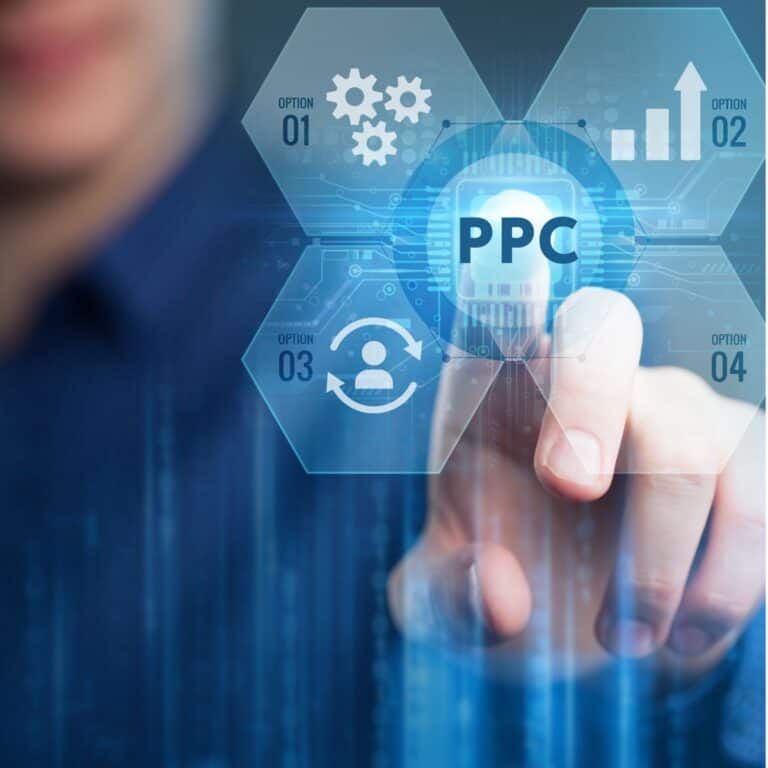What is The Flywheel Effect?
Organizations that focus on delivering exceptional customer experience often utilize flywheel marketing. This type of marketing relies on continuous movement and depends on the amount of energy put into the movement and subsequently, the continued momentum of that energy. With the flywheel method, there are three aspects to consider: size, speed, and friction. Depending on how these variables interact, companies may need to adjust their marketing strategy.
Size Of The Flywheel
The larger the wheel, the greater the momentum. When starting with a large wheel, it’ll take more energy to start rolling. That’s because the more moving parts, the longer it takes for all teams to implement the new goal. Once the business works cohesively, the flywheel will gain momentum.
Speed Of The Flywheel
Adding additional programs or strategies to areas with the greatest impact (services that generate the most actions) will increase the flywheel speed. In making these changes, you’re ensuring your customer can help you more quickly.
Friction Of The Flywheel
Since the flywheel method’s success depends on energy, you must also make sure friction, or the problem slowing down the flywheel, is as minimal as possible. Any amount of friction, like a communication issue with your team or a non-efficient website, is a problem in the buying process. To remove friction, identify communication issues and ways to resolve them.
Remember to consider your audience and where they are in the buyer’s journey, as mismatched content/phase creates friction. You want the customer to consume content in a smooth and simple manner.
Customers are the key to company growth; they’re the energy keeping the wheel spinning. Satisfied customers will speak well of your company and are more likely to refer potential customers which can, in turn, increase sales.
Benefits Of The Flywheel
The benefits of flywheel marketing are numerous. For starters, there’s a high likelihood for brand awareness because customers can enter at any stage in the buying process.
The flywheel also helps with efficiency in communication, as the whole company understands the phases and goal of continued customer satisfaction. In fact, it helps improve internal processes and, when intertwined with the inbound methodology, reflects the importance of the customer experience.
This method is also one of the fastest ways to scale a business. Since the process goes from leads to prospects to consumers, having a scalable goal is vital as the business will grow. Concerning the goal, be sure to include your KPIs. Not only will it be easier to define a goal, but it will be easier to measure. Defining metrics will help you monitor the effectiveness of each stage.
Flywheel marketing is also self-sustaining; the larger the wheel, the longer it takes to get rolling, and the more difficult it will be to stop. Because customer service is the main attraction, the flywheel method creates a perpetual stream of consumers. Over time, the flywheel reduces the amount of time and effort it takes to amass customers while also increasing the number of customers that the business can support. According to HubSpot, “Customer-centric companies are 60% more profitable than companies that aren’t.”
Inbound Marketing And The Flywheel
HubSpot is a great example of the flywheel method, and it has restructured the inbound methodology to reflect the flywheel. Inbound marketing is a cycle of three phases: attract, engage, and delight. Applying effort within these phases creates a positive customer experience.
The attract phase is when a company earns a customer’s attraction with helpful content. Take social media marketing for example. In the engagement phase, you make purchases or actions easier for your customers based on their channel preferences. There’s a focus on creating relationships which can be done with strategies like content personalization. Lastly, the delight phase focuses on helping consumers accomplish their goals. Their success is your success with the flywheel. An example is self-service messaging.
What Now
A great first step in transitioning to the flywheel method is seeing what actions from your marketing funnel can translate into the flywheel. When creating your company’s flywheel, you need to convince customers that your product is valuable. Next, you need to engage consumers to make them stay.
While it’s easier to keep customers than convert new ones, implementing a new marketing strategy to do so can be overwhelming. With our expertise and guidance, we’ll help you define a goal and work towards achieving it. Contact us today to learn more!





